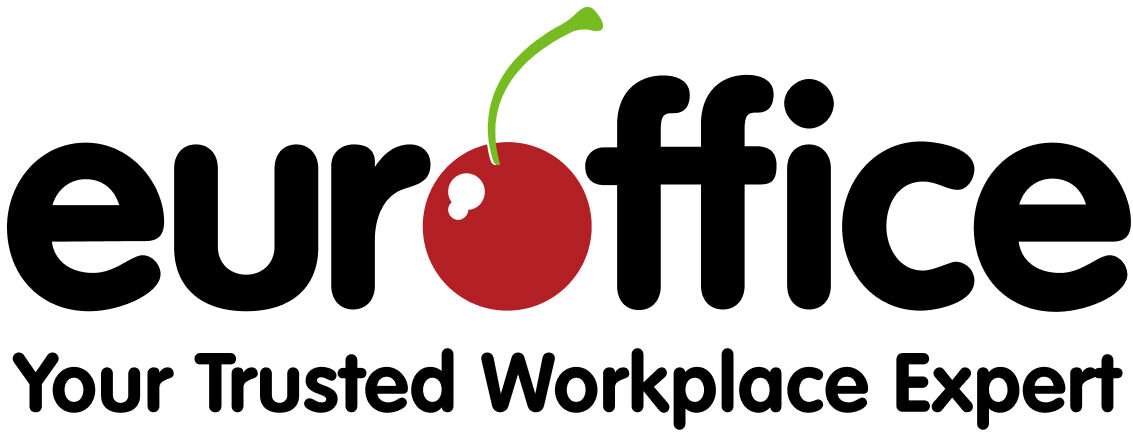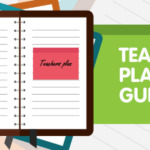Whatever stage you’re at in your architecture journey, you’ll need some crucial tools and stationery supplies to help you on your way.
Because architecture is a highly professional field with specific tools, it can feel expensive to buy the equipment that you need. However, if you look beyond the specialized suppliers that charge a premium, you can stock up on all the architects’ pens, stationery and drawing tools that you need at a much lower cost.
Drawing and Drafting Pens
Every architect will have a favourite pen, but favoured brands and types include Rotring pens for their precision nibs and superb lines and Pentel Sign pens for their versatility of line when drawing. Give yourself the chance of trying multiple brands and types to find one that suits your method and style.
Notebooks and Sketchbooks
Never stop sketching. As an architect your job isn’t just to shape the world, but to be inspired it. You want a sketchbook that’s portable, but not so small that it’s hard to get your ideas onto paper. Choose one with a high GSM, so that the paper is thick enough to handle different types of ink. You can also look for a ring-bound model that opens flat for sketching.
Scale Ruler
You cannot draft or plan anything on paper without a scale ruler. This will let you draw accurate plans and give clients or tutors an insight into the scale of your project. A black ruler will also provide greater contrast against your drafting paper.
Drawing Board
The classic architect’s tool is the drawing board. Pick the dimensions that suit your personal workspace, but consider the size and scope of projects you’ll be working on. Buying one that’s too small may limit you in the long run.
Cutting Mat
When you start making card and paper models from your 2D plans, you’ll need a cutting mat. You’ll be able to slice through without slicing into the table underneath. Try to use one side for cutting and glueing – heavy and messy work – and keep the other side for finer finishing cuts. Self-healing mats also mean your scalpel won’t get stuck in previous grooves as you work.
Dust Masks
As you cut and sand models – especially if you’re using plastic or foam boards – you’re going to be creating clouds of dust. A mask will stop you inhaling any small particles that could be damaging for your health in the long term.
Stainless Steel Ruler
Use a large steel ruler when cutting paper or making models. You want something where your knife gets a clean edge to run down the paper, so it doesn’t bounce across nicks or gouges as it might with a plastic ruler. Some architects also stick cork to one side of the ruler, so it doesn’t slide on the cutting board.
Swing Arm Lamp
Now matter how bright the studio, when you’re leaning forward at your drawing board you’ll be blocking some light. A swing arm lamp will allow you to reposition your light to illuminate your drafts in just the right way; from close in for detailed work to all the way to bathe your building plans in light.
Architectural Knives
When you’re cutting you want to look for a knife with easily replaceable blades and blades of different thicknesses. A thick body knife with a substantial blade will be ideal when you’re cutting board as you can get a solid grip. For precision cutting use a scalpel as you can hold it like a pen and get fine control with your fingertips.
Tape and Tape Measure
With tape and a tape measure, you can mark out areas on the walls or floors to help clients get a better picture of your vision and the scale of what you’re proposing – for example stairwells or windows. Masking tape will do, but gridding tape might be better as you can get finer lines and more detail.
Spraymount and Other Glues
You’re going to need to affix a range of items to different materials, whether that’s while building models or attaching drawings to boards for presentations. Spraymount glue is essential, but you should also have stick glues for smaller work.
Drawing Tubes and Cardboard Tubes
If you’re taking work to clients or presentations, you’ll need a telescopic drawing tube to carry it safely and easily. However, for longer-term storage of your drawing and drafts, you should also buy cardboard tubes so you can store on a per-project basis.
Tracing Paper
If there’s one type of stationery that’s immediately associated with architecture, it’s arguably tracing paper. It’s essential for any practice as you can layer and build ideas as you work. You may have your own preferences on the brand and weight or colour of your tracing paper, but consider buying the same type that you’re using in the office or college. That way anything presented to clients or tutors will at least be uniform in the materials used.
Coloured Markers
To help clients understand your plans, you’ll need coloured markers. Without them your drafts might seem monochrome and flat. With them you can bring use colour to show lighting, structural support or even the use of different materials. Over time you’ll develop your own system of using colours, which you can use with all your projects.



